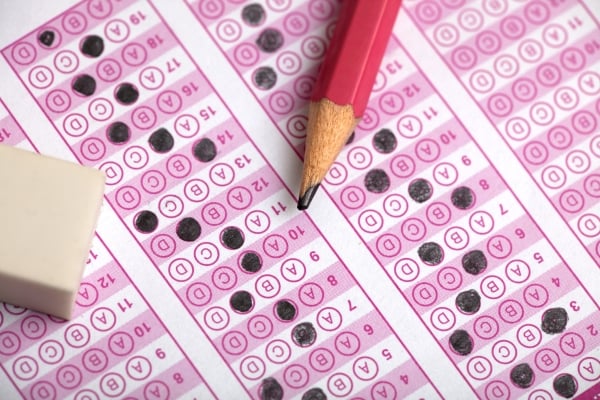Reinstating tests as a requirement for accessing certain services or opportunities is a step back for access and inclusion. Tests, whether they be standardized tests, entrance exams, or proficiency assessments, have long been criticized for their biases and limitations in accurately measuring an individual’s abilities and potential.
One major issue with tests is that they often favor individuals who come from privileged backgrounds and have access to resources such as test preparation courses or private tutors. This means that those who cannot afford these resources are at a disadvantage, perpetuating inequality and limiting opportunities for those who are already marginalized.
Furthermore, tests are not always an accurate reflection of an individual’s actual abilities. Factors such as test anxiety, language barriers, or learning disabilities can significantly impact a person’s performance on a test, leading to results that do not necessarily reflect their true capabilities.
Reinstating tests as a requirement for access can also create barriers for individuals who may have taken a different path to acquire the necessary skills or knowledge. For example, someone who has gained valuable experience through work or volunteer opportunities may be just as qualified for a position or program as someone who has excelled on a test, but may be excluded due to their lack of test scores.
Instead of relying on tests as a measure of ability, there are alternative ways to assess an individual’s qualifications and potential. Holistic admissions processes, which take into account a range of factors such as experiences, accomplishments, and personal qualities, can provide a more comprehensive view of an individual’s capabilities.
Additionally, providing access to resources and support for individuals who may struggle with traditional testing methods can help level the playing field and ensure that everyone has a fair chance to succeed. This could include offering test preparation resources, accommodations for individuals with disabilities, or alternative assessment methods that better align with diverse learning styles.
In conclusion, reinstating tests as a requirement for access is a step back for inclusion and equity. It is important to consider the limitations and biases of testing systems and work towards more inclusive and equitable ways of evaluating individuals for opportunities. By adopting alternative assessment methods and providing support for all individuals to succeed, we can create a more fair and accessible society for everyone.



